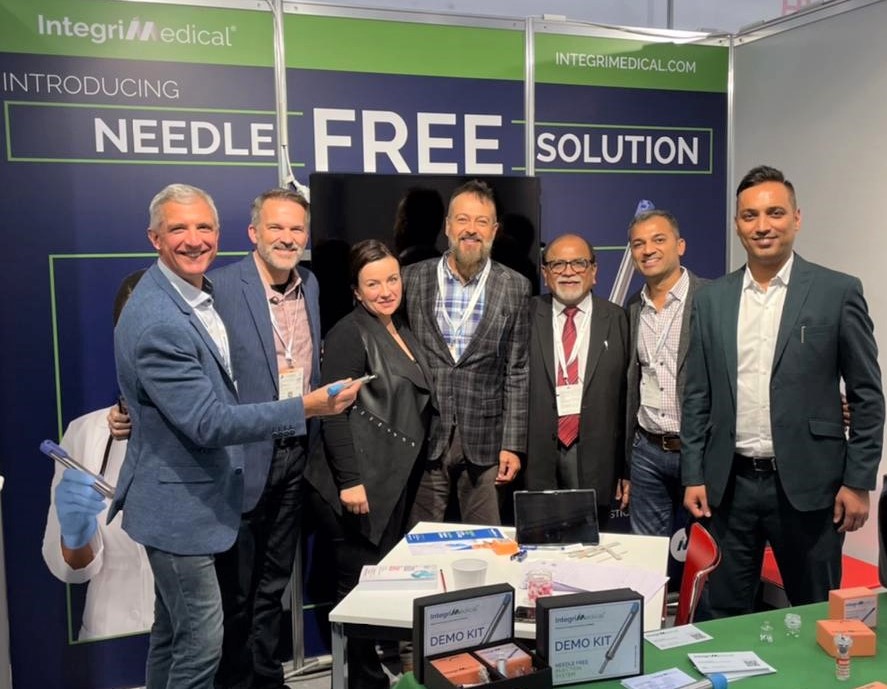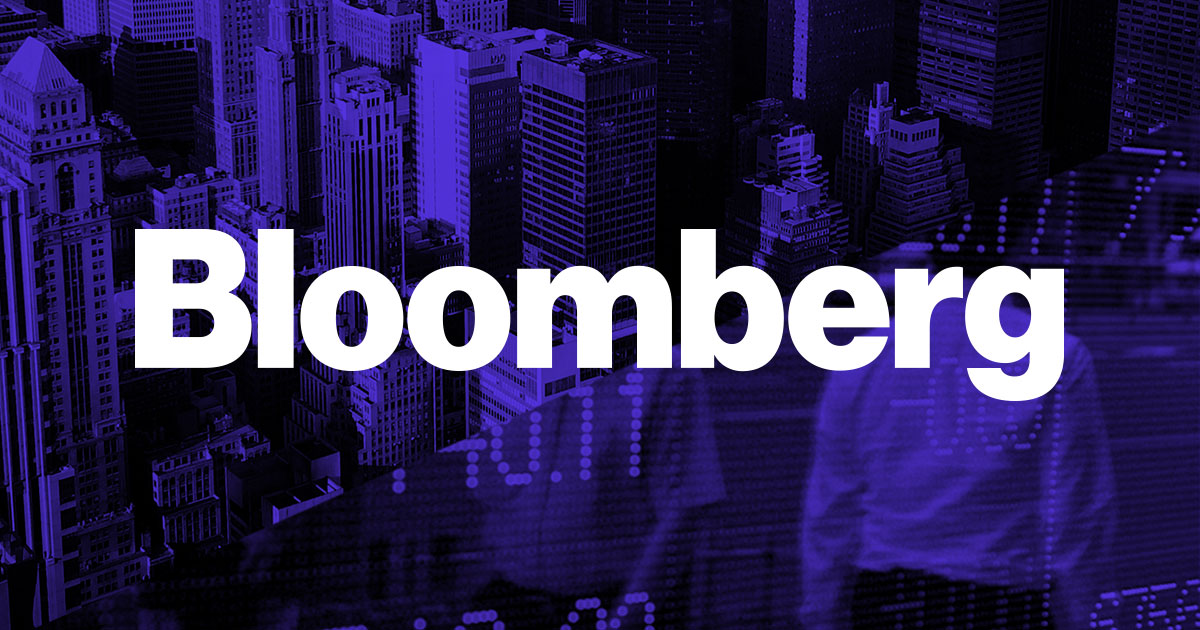Posted at 12:40h
in
Events
Bloomberg: DelveInsight launched a new report on ” Needle-Free Injections Market & Competitive Landscape ,” providing in-depth market understanding for Needle-Free Injections, which will further benefit the competitors or stakeholders operating in the Needle-Free Injections arena. Recent Developmental Activities in Needle-Free Injections Market * In August 2021, PharmaJet and their partner Zydus Cadila announced the emergency Use Authorization (EUA) from the Drug Controller General of India (DCGI) for ZyCoV-D, the world’s first Plasmid DNA Vaccine for COVID-19. The vaccine- ZyCoV-D is exclusively administered by deploying the PharmaJet Tropis® Needle-free Injection System. * In October 2020, PharmaJet’s Needleless vaccine injector was chosen to deliver one of the COVID-19 vaccines- the University of Cambridge’s phase 1 trial of DIOSynVax’s candidate. The trial will test the delivery of the vaccine through the skin without using needles. Interested in knowing how the Needle-Free Injections Market will be growing by 2026? Click to get a snapshot of Needle-Free Injections Market Analysis . Needle-Free Injections Overview Needle-free injection technology (NFIT) is a tremendously broad notion that comprises a wide range of drug delivery systems that delivers drugs through the skin by any of the forces such as Lorentz, Shock waves, pressure by gas or electrophoresis, which forces the drug through the skin, almost abolishing the use of a hypodermic needle. This is beneficial for the pharmaceutical industry, and developing countries find it extremely valuable in mass immunisation programs, avoiding the chances of needle stick injuries and other complications, including those arising due to multiple uses of a single needle. These devices can be categorised based on their working, type of load, mechanism of drug delivery and site of delivery. According to the World Health Organization (WHO) 2021, in 2019, the number of individuals affected with diabetes has increased drastically from 108 million in 1980 to 422 million in 2014. According to the data provided by the International Diabetes Federation (IDF) Diabetes Atlas Ninth Edition 2019, there were approximately 463 million adults in the age group 20-79 years and is expected to reach 700 million by 2045. Geography-Wise Needle-Free Injections Market Analysis Geographically, the global Needle-Free Injections market is studied for North America, Europe, Asia-Pacific, and the Rest of the World. In terms of revenue share, North America is expected to account for the largest share in the needle-free injections market because of the high prevalence of chronic diseases, increase in the awareness regarding needle-free injections, improving disposable income, and better healthcare infrastructure along with the presence of major market players in the region among other factors in the region. One of the key factors supporting the growth of the Needle-Free Injections market in the region is the high prevalence of diabetes. According to the Centers for Disease Control and Prevention 2021, almost 34 million people in the United States have diabetes, with 90-95% of them having type 2 diabetes. Therefore, an increase in the prevalence rate of the diabetes suffering population will lead to a greater demand for Needle-Free Injections in the market, further elevating the market growth. Furthermore, the growing collaborations between the needle-free injection devices manufacturers and pharmaceutical companies in the region are further driving the needle-free injections market in the United States, and therefore in North America. To know more why North America is leading the market growth in the Needle-Free Injections market, get a snapshot of Needle-Free Injections market report There are great opportunities for Needle-Free Injections market penetration for countries like China, India, and Japan as the prevalence rate is high. According to the IDF Diabetes Atlas 9th Edition, an estimated 87.6 million adults aged 20-79 years were living with diabetes in the South-East Asia region in 2019, representing a regional prevalence of 8.8%. This is expected to increase to 153 million by 2045. It is estimated that around 60% of diabetics in the world live in Asia. Covid-19 Impact on Needle-Free Injections Market The demand for Needle-Free Injections is primarily affected by the outbreak of the COVID-19 pandemic because of the delay in the supply and manufacturing of the products. However, Type 2 diabetes, hypertension, and cardiovascular diseases have been identified as the most common comorbidities for SARS-CoV-2 infection and have been associated with worse outcomes and more severe courses of COVID-19. It was estimated that 10% of COVID-19 vaccine hesitancy maybe because of needle phobia, creating a demand for alternative delivery routes to clear a barrier to vaccination, such as Needle-Free Injections. The demand for Needle-Free Injections was boosted by the approval of vaccines like Zydus’ vaccine, which will be administered by needle-free injections in August 2021. In September 2021, Scancell advanced its effort to provide an alternative by tapping PharmaJet for needle-free delivery technologies. It is approved in South Africa to run a phase I clinical trial of the vaccine candidates in July, where the investigators will administer the vaccines using the PharmaJet Tropis and PharmaJet Stratis needle-free injection systems.















